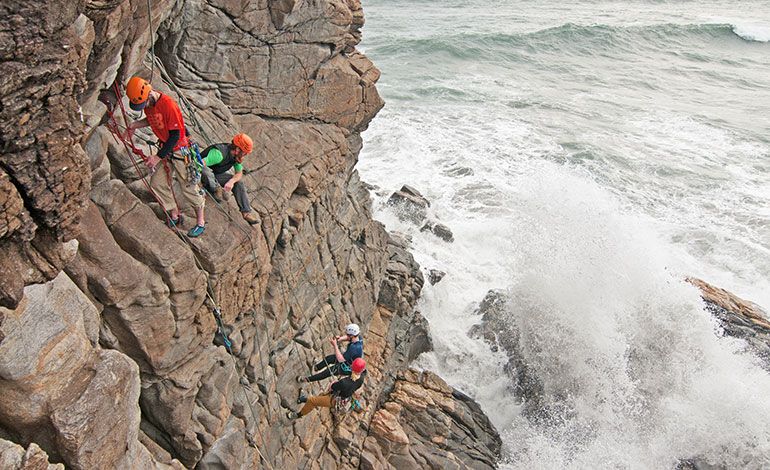Where will we find our future workforce?

To future proof our region we must ensure that we have people with the right skills for the estimated 3,500 new jobs that will be created by 2035. We will also need skilled workers to replace those who exit our regional labour market.
There are several potential pools of labour where we can look to find these workers.
Sources of skills and labour
- New entrants to the workforce (school leavers and new graduates, tertiary educations; people from outside the labour force, e.g., who have been undertaking other responsibilities such as unpaid caring for others.)
- Re-entrants to the workforce (after an extended time out of the labour market, for reasons such as unemployment, health issues, and caring responsibilities)
- The existing workforce (whether already in an industry or occupation or outside, including the underemployed and underutilised)
- Migrants (to augment the domestic workforce where there is real need or advantage)
What is already underway?
There are a number of activities and programmes underway in Te Tai Poutini to help improve our labour market. Funded by government and private investors, they have arisen as an immediate response to the economic disruption caused by Covid-19, while others are longer term solutions.
Te Tai Poutini West Coast Te Whanaketanga 2050 Strategy
The region’s economic development strategy. It sets out several priority projects and actions, many of which align with this plan.
The Mayors Taskforce for Jobs
The taskforce assists small to medium sized businesses with recruitment, training and subsidies, to help them take on both young workers and workers displaced due to the impact of Covid-19. As at May 2022, they had supported over 500 people across the 3 districts into apprenticeships, jobs and training, with nearly 90% of those still employed in their original positions.
Upskill West Coast
A recruitment/ employment, and training scheme that targets skills shortages areas across the region. Upskill has assisted over 200 employers with over 300 placements in the last 2 years, many of which are NZ residents into essential skilled roles.
Jobs for Nature Mahi mō te Taiao
Benefiting both the Te Tai Poutini environment and local people, it has kept 200 workers engaged within the Westland workforce and provided upskilling through conservation-based training.
Development West Coast Tertiary Scholarships
These are offered to first time tertiary students to attain tertiary qualifications and return to Te Tai Poutini West Coast to live and work. In 2022 there were 5 recipients, who each will receive $22,500 over a 3-year degree course.
Wahine Toa
A 5-week development course piloted in Te Tai Poutini. Organised by Connected from the Greymouth Work and Income office, 23 women have graduated with more than 90% going on to study and into employment.
Other initiatives underway that will benefit our labour market
Government’s Employment Strategy and Action Plans
These look to address long-standing employment and training challenges and inequities for groups that consistently experience poor employment outcomes. This includes the Food & Fibre Skills Action Plan 2019-2022.
Workforce Development Councils (WDCs)
6 industry-led bodies that will develop and maintain a strategic view of the skills their industries require to ensure that vocational training provides the right mix of training to support current and future industry skill needs.
Te Pūkenga
The new entity which brings together the existing 16 Institutes of Technology and Polytechnics into 1 organisation, including Tai Poutini Polytechnic (TPP). The new structure will support work-based, campus-based, and online learning as a unified system.
Local Government Plans and Strategies
Including Long Term Plans, regional plans and economic strategies that set out the region’s strategic direction, policies, rules including the new combined Te Tai o Poutini district plan.
Provincial Growth Fund
Over $270 million worth of funding has been received to support a range of projects from the construction of new bridges, roads, and port redevelopment through to the development of new tourism attractions and the protection and restoration of the Arahura River. As a large region with a small population and rating base, this funding has been critical to progress several infrastructure and roading projects that have would have otherwise been unaffordable for the community.
More information about our key sectors can be found in our RWP Supporting document:

